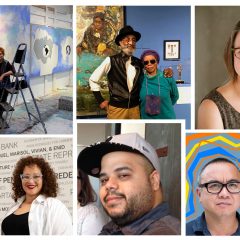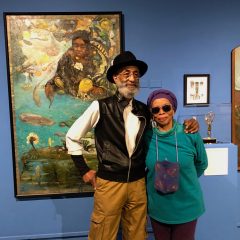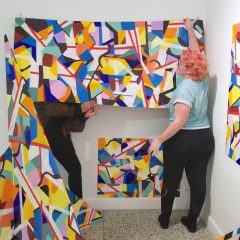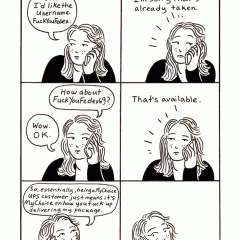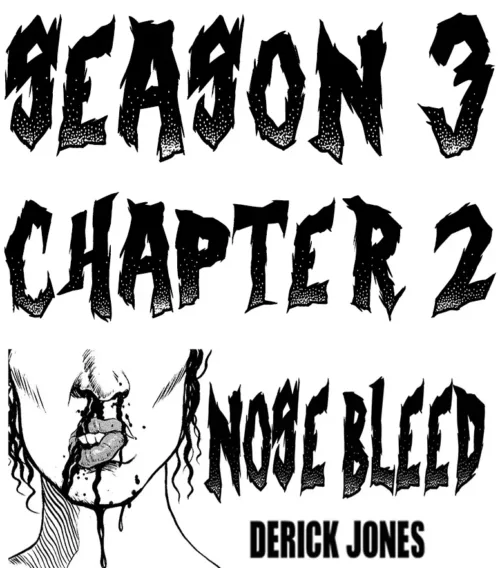Another SET of EYES
An essay on critique

I like crits. I like listening to artists talk about their process and their explorations.
I like the free flow of conversational words, like brushstroke that melt into the viscosity of the paint.
So what is a “CRIT” ??
It’s easier to say what it is not – it is not a workshop or a seminar, nor is it a cheerleading session or a roast.
It is a community of artists, meeting to look at their work, to share process, practice and intent. Art work is presented, we talk, we listen, we drink coffee.
This is how I define critique (crit) : It is the tool used to question the what and the how that art-makers employ to describe their work (work is a verb). It is the verbal deconstruction and reconstruction of an art practice. It is based on hours in the studio moving stuff around and on years of looking at many, many different pieces. Doing and looking, looking and doing. As experience grows, the definition of “what is this thing called art” transforms and expands. Conversations, statements, essays, books ensue.
What do we look for when we choose to participate in a crit, when we place our work up for review (which is not at all like putting work up for an exhibition)?
We look to see through another set of eyes, for multiple points of view, for new meanings. After so many hours of looking at “it”, when “it” is moved out of the studio and put into another location – different walls, different light, different eyes – it acquires a new and expanded identity.
I consider there to be two distinct types of “crits” –
“Instructional crits” where one person, an established artist-instructor or a curator looks at a participant’s body of work specifically to discuss formal issues such as composition, color and technique and/or portfolio presentation. Implied in this review process is a set of rules used in defining the structure of a piece of art. How well does the piece exhibit these rules. This evaluation is based on judgment. To find “Instructional Crits” check into any art center’s schedule of events. In this category I also include panel discussions and workshops. This type of crit usually has a fee.
It has been quite some time since I attended an Instructional Crit. Rather, I look for “Community Crits”. These are informal meetings of artists to show, talk and share. They are non-judgmental. There is no “good” or “bad”, rather the question is, does the piece speak for itself as an active participant in the conversation or does the piece need an interpreter.
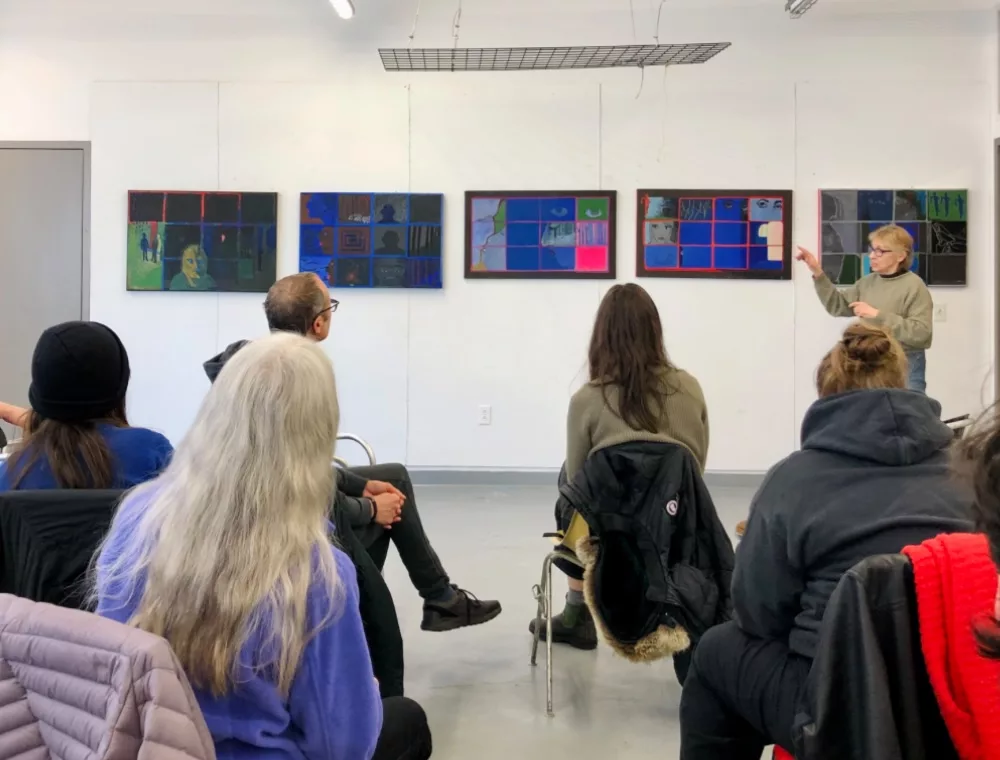
The Philly Crit Group is an example of this type of community crit. I asked one of the organizers, Robert Zurer, what was the impetus for forming this group. His unequivocal response was building community and connections. He began by telling me about his participation in a crit club in NYC. When he moved to Philly he collaborated with his friend Emilio Maldonado to develop the idea here. There were a number of meetings pre-Covid, and then Covid put an end to the meetings. In April 2024, the group restarted meetings. Their intent is to provide a place for artists to share their original work, practice and ideas with like-minded people informally and safely. Sign up is on a first come basis, capped at 30, with four slots for presenters. There is no fee (except the tip cup, for coffee and donuts).
Philly Crit Group, meets on a Sunday morning, once a month at PAFA. Next meeting is March 9. Sign up at the website.
Powell Lane Arts in Collingswood, NJ offers “Coffee 4 Creatives”. This is a smaller group, capped at ten. Anyone who brings work has an opportunity to open up discussion.
Carol Taylor-Kearney and Caroline Kearney’s guiding premise for their gallery and for their crit program is “#art4everyone”. Their gallery emphasizes art for the community. Two large picture windows draw people into the art environment. Much of their focus is as an information resource to help artists with professional and business issues. They encourage both mature artists and people just discovering their voice to show and participate.
Next meeting is March 2. Sign up at the Powell Lane website.
In both of these groups conversation is a spontaneous, unedited gut reaction to what is being shown. Discussion is supportive, perceptive and multi-faceted. I always drive home with something new to think about.
Art process hinges on aesthetic curiosity. It is critique and redefinition that forms and informs the work. Most importantly it is the work, the doing with its potential for growth and development that strengthens critical thinking. In this place art is not a vehicle for propaganda, or for therapy. While these expressions have a place in our cultural narrative, there needs to be a place for “art for art’s sake.”
A place that allows thoughts to evolve and to foster aesthetics, truth, beauty.
A place that is a prophylactic against the barrage of sadistic negativity which society throws at us every day!!
I ask, do I really want to take societal negativity into the studio when I can choose to explore cohesion, balance, flow, lyricism. By extension, the crit room is a place to share these thoughts and ideas, in conversation with other artists. A safe place to push boundaries, break rules, explore new meanings and expand the language of art.
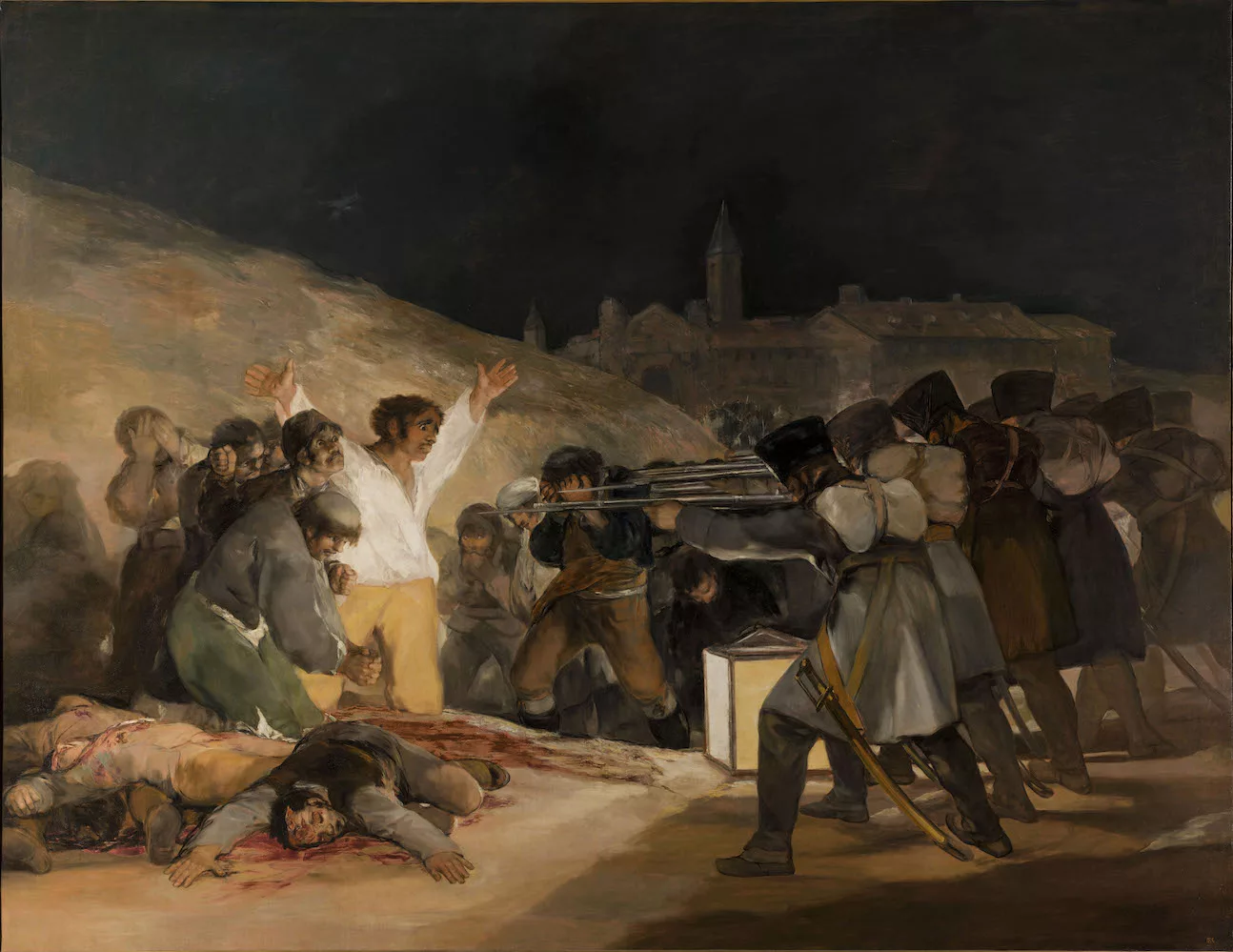
A final thought on the dilemma of political narrative content.
Art has always highlighted inequality – Renaissance depictions of “The Massacre of the Innocents” and “The Money Lenders,” Goya’s “3rd of May,” Delacroix’s “Liberty Leading the People,” Millet’s “Gleaners,” Van Gogh’s “Potato Eaters.”
Today the lines have blurred. Academic depictions of figuration, landscape and still life are largely ignored if devoid of political/social/environmental content. How people live, how people interact, and their effect on the planet is the focus of critical review. Painting is graffiti, sculpture is human detritus, music is urban cacophony, drama is PTSD.
Art’s definition has expanded to include all these forms. Yet I still ask – is “it” art.
How am I supposed to look at this work? What objective tools do I have to analyze the content. Can I or even should I view it with the same criteria with which I consider my own painting. Is there something more than melodramatic propaganda??
If the work speaks clearly about something relevant to people’s lives it can change perception. What am I learning by viewing this work that enhances my exposure to change and aesthetic redefinition?
Or do I just end up feeling more and more frustrated, beat-up and disheartened viewing society’s ulcers with no solutions offered.
The bottom line is that every work of art that speaks honestly in today’s environment is a political statement for the betterment of people.
Read more articles by Ruth Wolf on Artblog.


